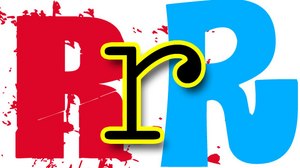Software Review: Final Draft 8
In my previous post, How to Turn Microsoft Word into a Terrific Screenwriting Program, I explained how to use Word’s “styles” to automatically create script formatting. I received a blog comment from Ben Cahan, the creator and co-founder of Final Draft, who pointed out that a true screenwriting program was more than just “margins and capitalized slug lines and character names”. Ben makes a good point. Whereas Word allows you to easily and automatically format basic script elements such as slug line, action, character name, parenthetical, dialog and transitions, that’s about all it can do. Final Draft, in contrast, does those things and much more.

























